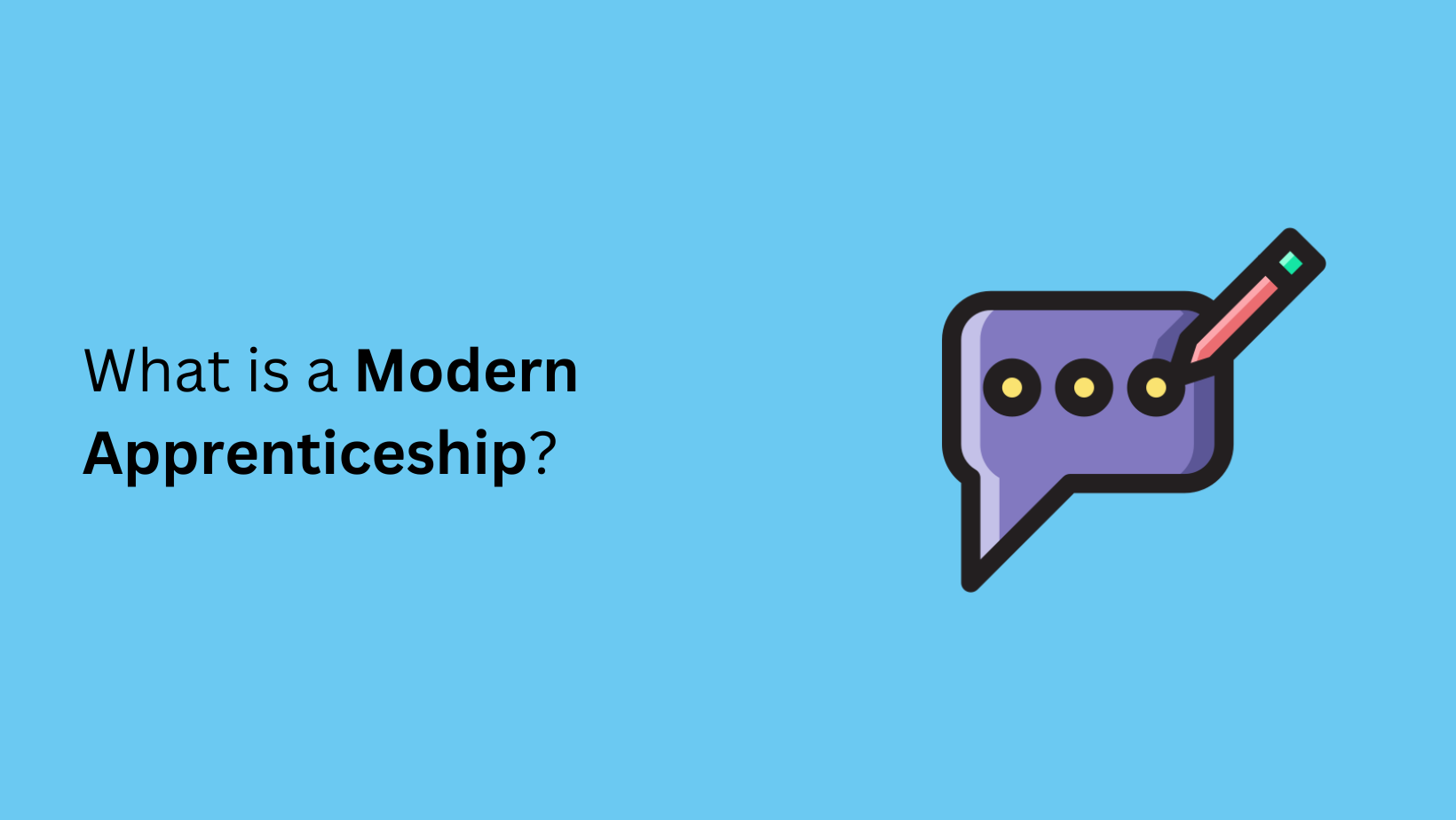Modern Apprenticeships enable someone above 16 to work in a paid position while undergoing on-the-job preparation to acquire new and advanced skills and recognised qualifications.
They are a fun way to develop skills and qualifications that can help you start a career without the requirement for full-time training, and they are available in several industries.
Modern Apprenticeships were established in 1994 to assist in developing a high-calibre workforce and enhancing Scotland’s training system.
All Modern Apprenticeship structures are designed for the business or industry under which they may be used. They cover all of the qualifications required to become a craftsman, technician, or manager in that profession. Modern Apprenticeship frameworks are often used to train elderly or skilled employees.

What Kinds of Programmes Do They Offer?
As a Modern Apprentice, you will be recruited and compensated by your employer from the start of your apprenticeship. You will also be able to gain on-the-job training, competence, and valuable skills such as teamwork and problem-solving. In addition, many Modern Apprentices go to colleges or training institutions to think about the theory behind their chosen career.
What Does the Training Entail? And What Certificates Are There?
Although. The modern Apprenticeship scheme is adapted to a particular sector or business; they do have three components in common:
SVQ Level 3
Any system is developed around the sector’s occupational SVQ/NVQs at Level 3. Some plans may define progression paths that allow apprentices to start with a Level 2 and then progress to Level 3 and Level 4 SVQs.
Core Skills
All, regardless of occupation, needs specific characteristics to become a more resilient workforce capable of responding to constantly changing job environments.
What is known as Core Skills are as follows:
- Working with others
- Problem Solving
- Information Technology
- Communication
- Numeracy
Added components
Any Modern Apprenticeships frequently have external elements that vary by sector to foster workforce development. Additional units from other SVQs, industry-specific degrees, or university credentials such as Higher National Certificates and Diplomas can be used.
Most of your training can take place on the job, or in the workplace, although depending on the scheme, you may be able to take advantage of day or block release at a local college.
Key Components of Modern Apprenticeships
- On-the-Job Training: Apprentices work within a real job environment, learning hands-on skills directly related to their chosen career. This enables them to understand the practical aspects of their role, acquire industry-specific skills, and gain valuable work experience.
- Formal Education: Apprenticeships integrate formal learning, usually through college courses or vocational qualifications, complementing practical training. This blend of classroom-based education and real-world experience provides a holistic learning experience.
- Employer Involvement: Employers play a crucial role in modern apprenticeships. They hire apprentices, provide workplace training mentorship, and assign tasks contributing to the apprentice’s skill development.
- Mentorship: Apprentices often have a mentor, an experienced employee within the company, who guides and supports them throughout their learning journey. This mentor helps apprentices adapt to the workplace culture and gain insights into the industry.
Benefits of Modern Apprenticeships
- Skill Development: Apprenticeships are tailored to specific job roles, ensuring that apprentices gain relevant skills that directly apply to their careers. This targeted training increases employability and career advancement prospects.
- Earning While Learning: Unlike traditional education, where students typically pay for tuition, apprentices earn a wage while undergoing training. This financial support helps alleviate the burden of student loans and debt.
- Workplace Experience: Apprenticeships provide a realistic preview of the job environment, helping apprentices transition smoothly from education to employment. Practical experience enhances confidence and adaptability.
- Industry Relevance: Modern apprenticeships are designed in collaboration with employers, aligning them with current industry demands and trends. This means apprentices graduate with skills that are in demand.
- Career Opportunities: Completing a modern apprenticeship opens doors to various career paths within the chosen industry. Many apprentices are offered permanent positions by the company they trained with.
How to Apply for a Modern Apprenticeship
- Research: Identify industries and roles that align with your interests and skills.
- Find Opportunities: Search apprenticeship vacancies on company websites, job boards, and government platforms.
- Application: Prepare a strong application, including your CV and cover letter, showcasing your enthusiasm and suitability for the role.
- Interview: If shortlisted, you’ll likely be invited to an interview. Prepare by researching the company and practising common interview questions.
Summary
Modern apprenticeships have emerged as a dynamic approach to learning and skill development in Scotland. By combining practical experience with formal education, these apprenticeships equip individuals with the tools they need to thrive in their chosen careers. They benefit not only the apprentices themselves but also contribute to building a skilled and adaptable workforce that meets the evolving demands of various industries. A modern apprenticeship could be the perfect choice if you’re seeking a pathway to a successful and fulfilling career.
